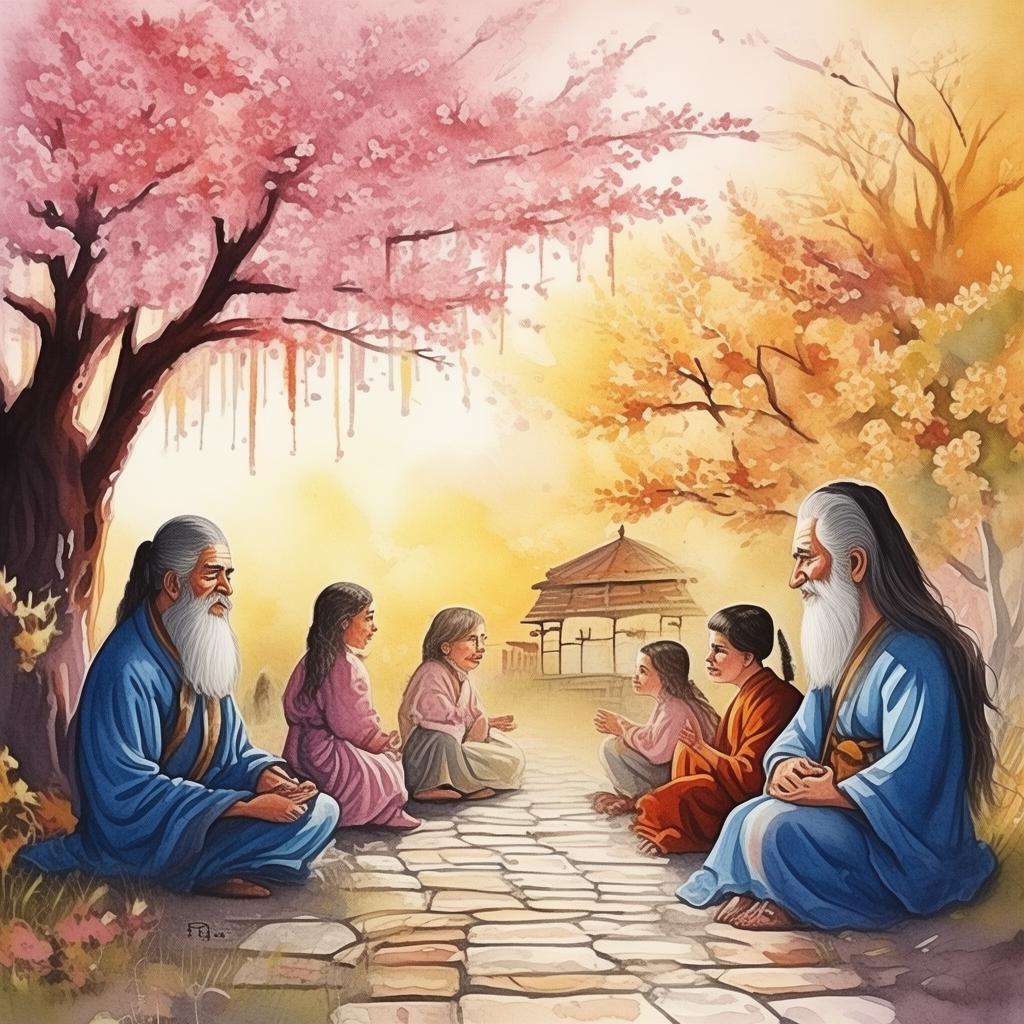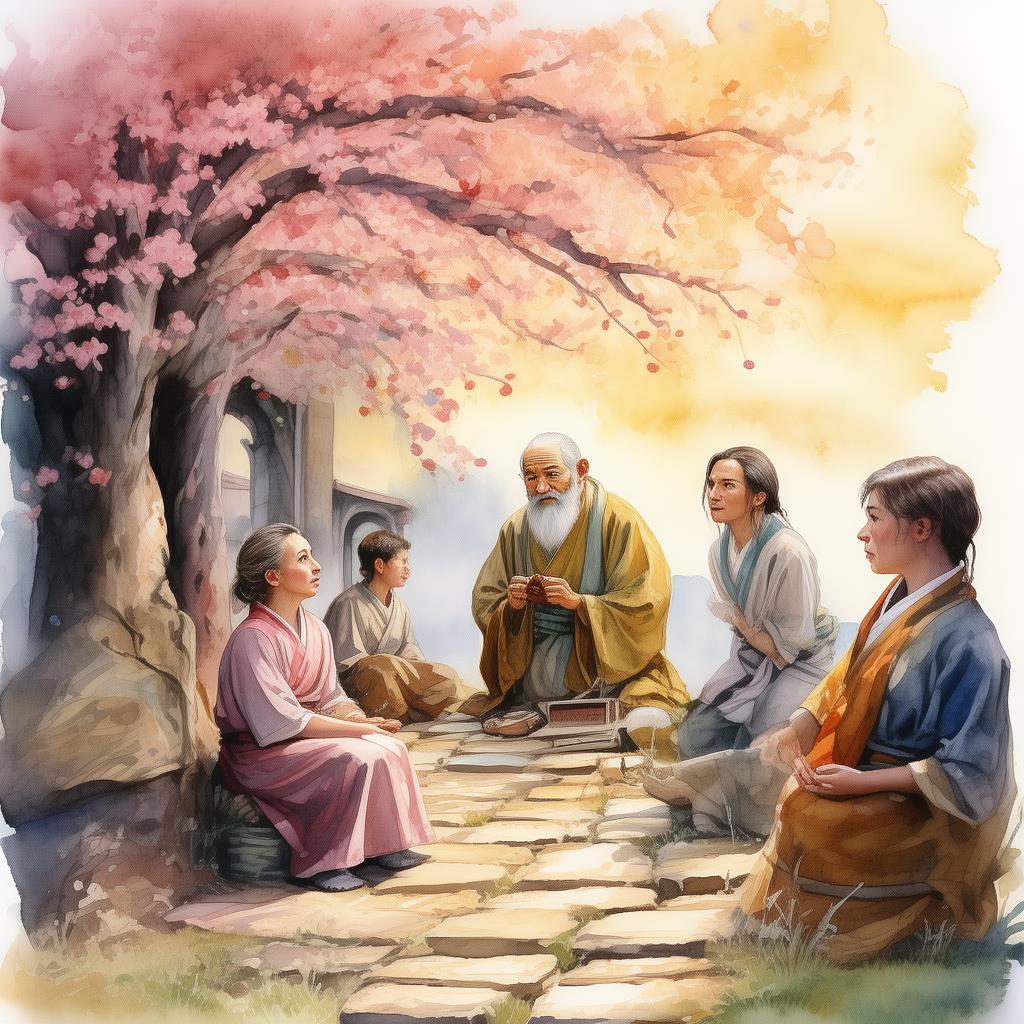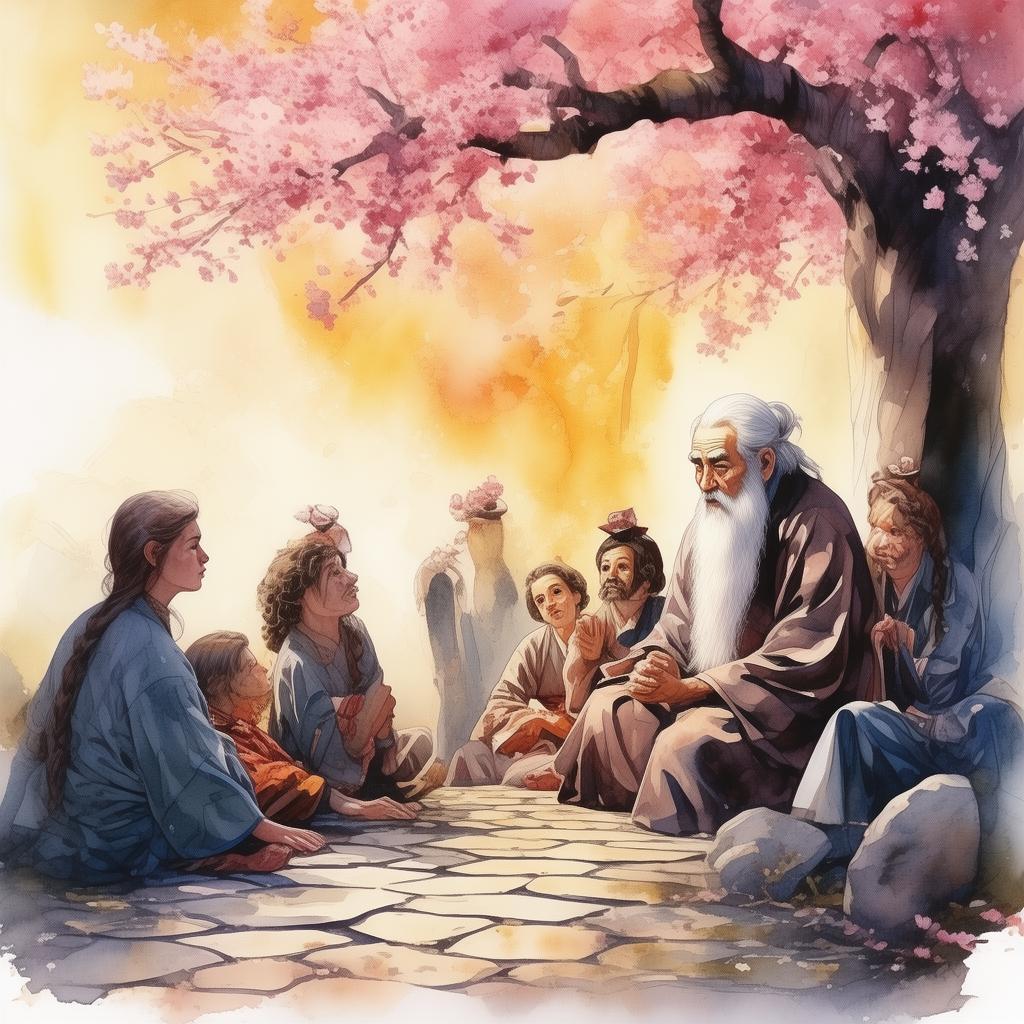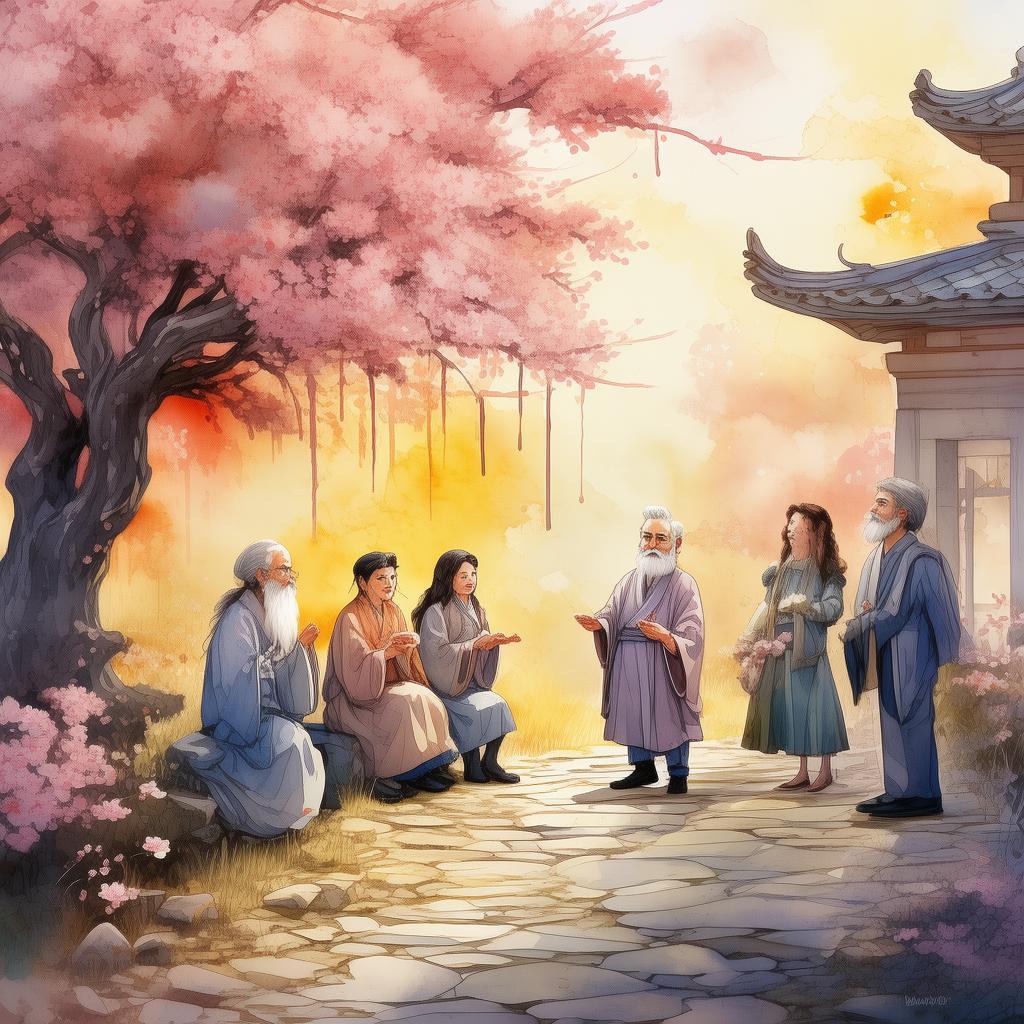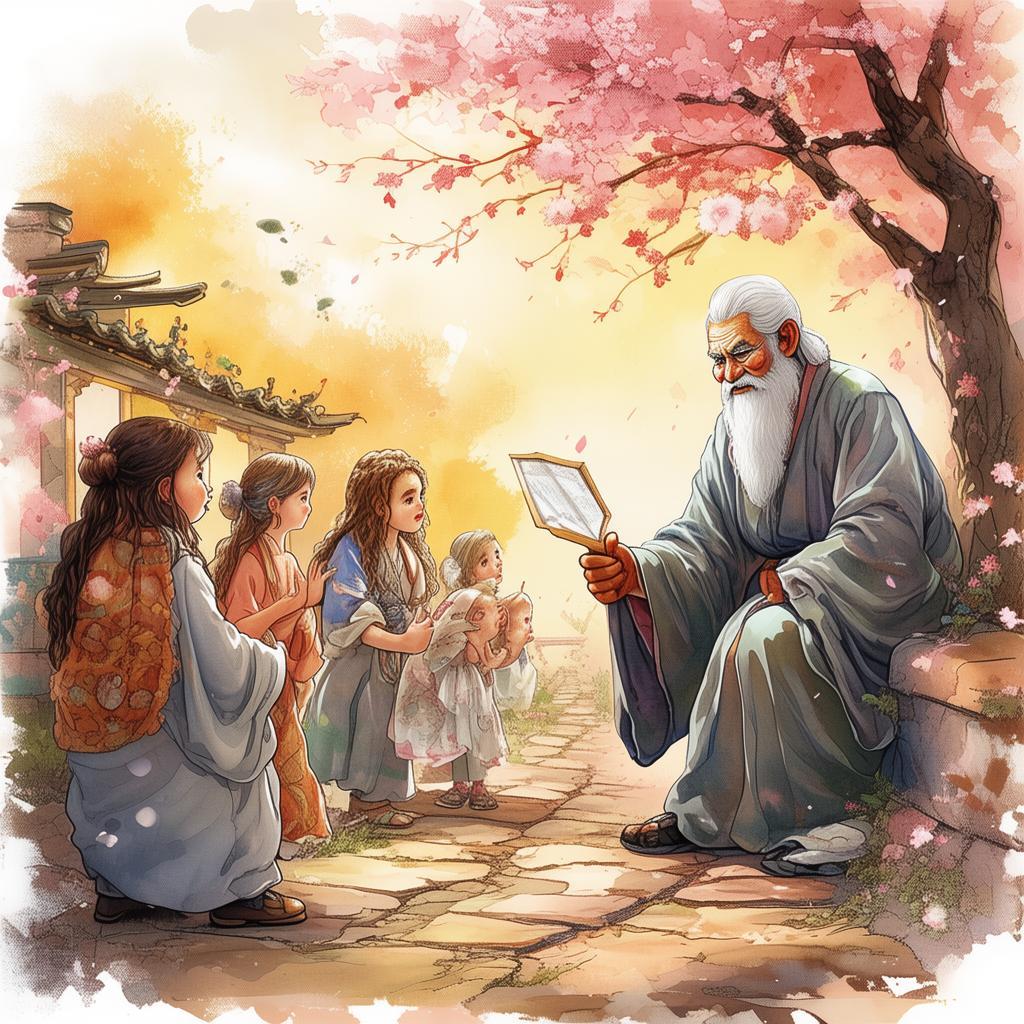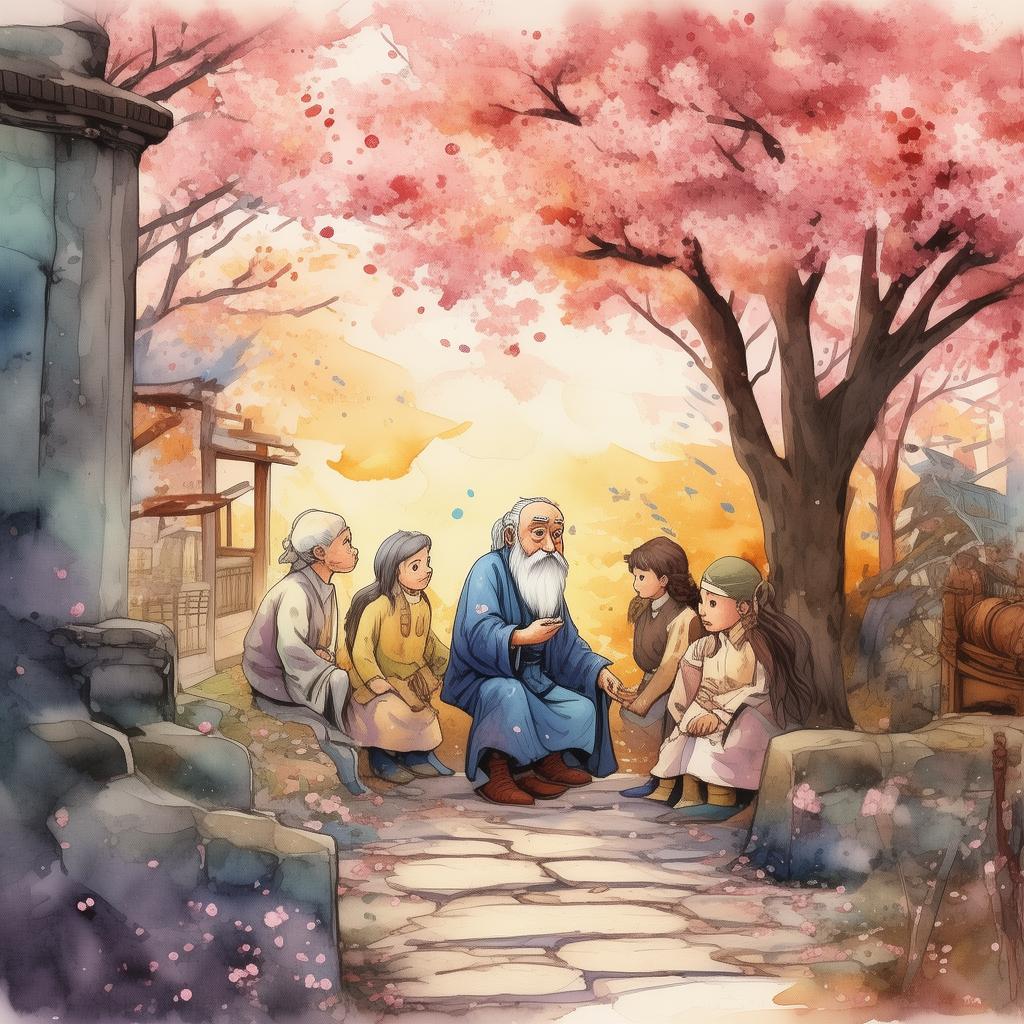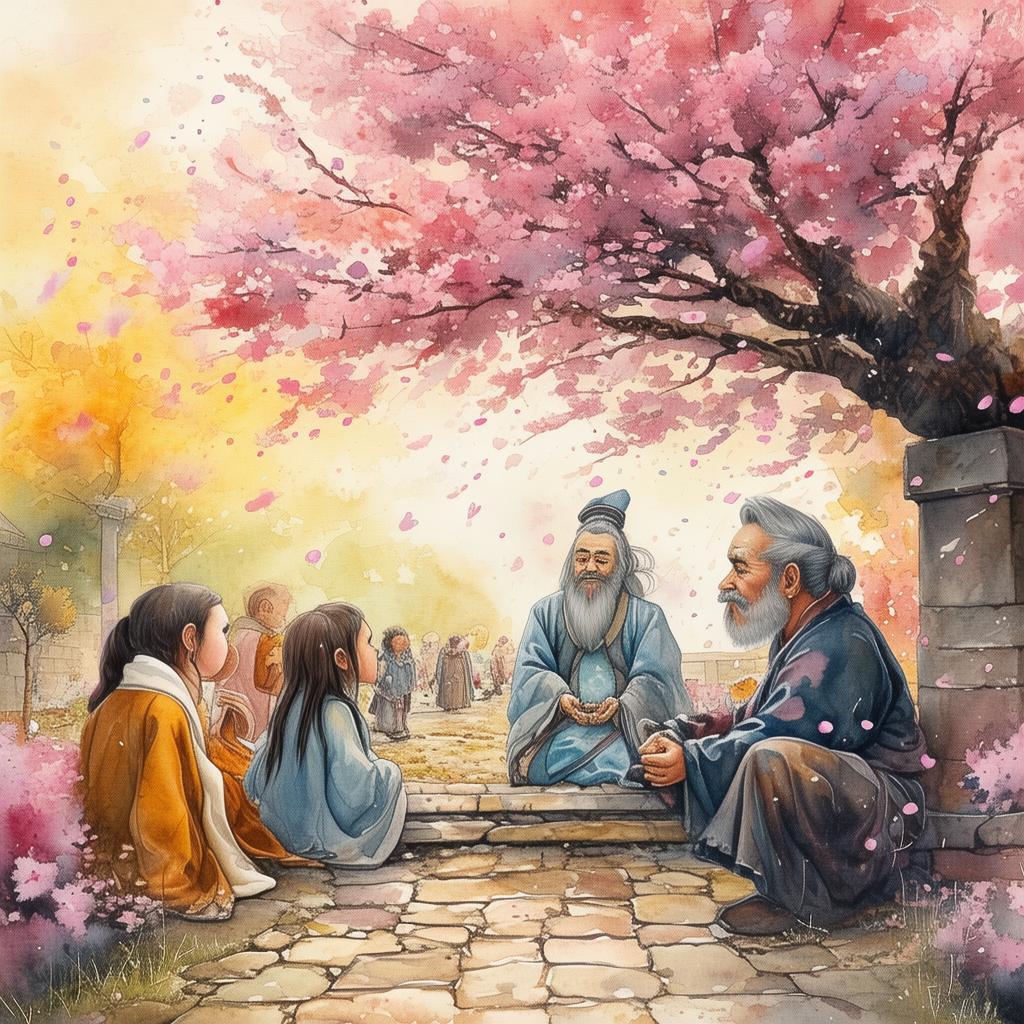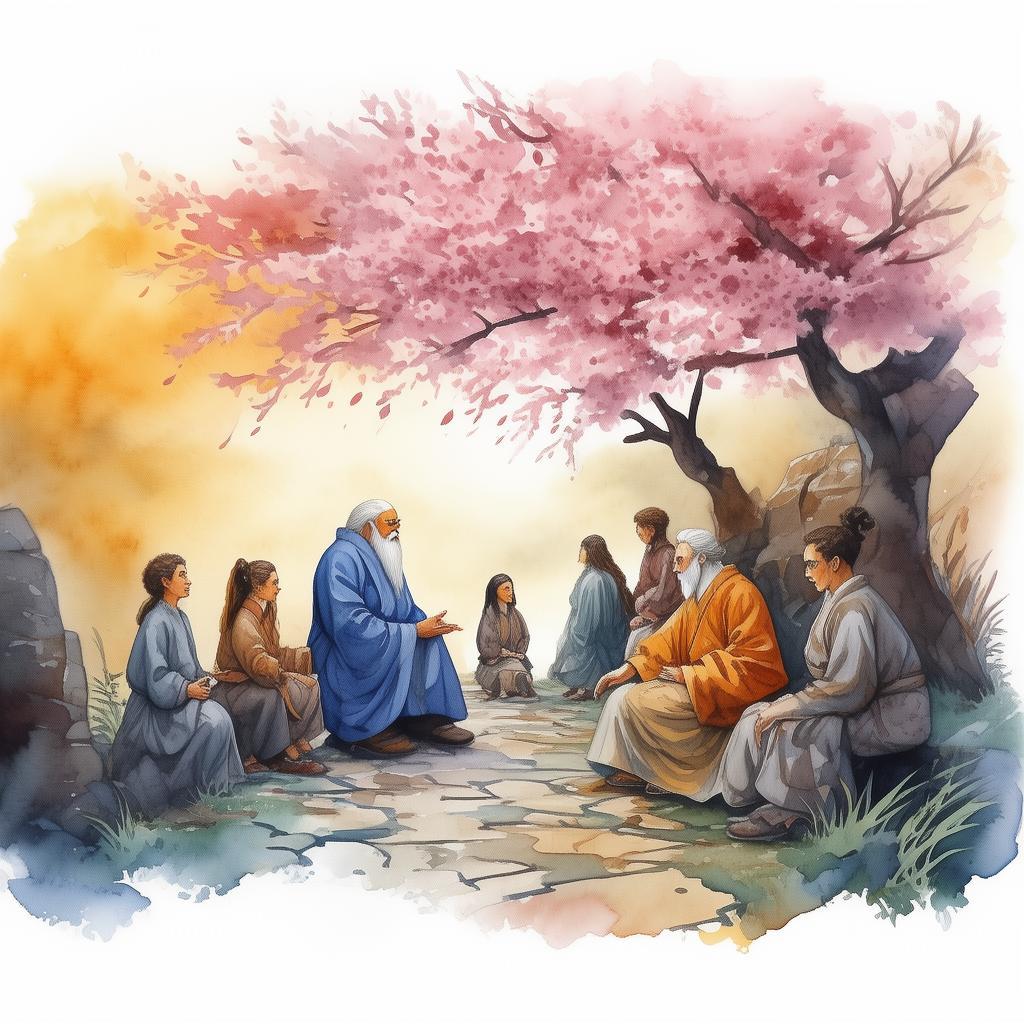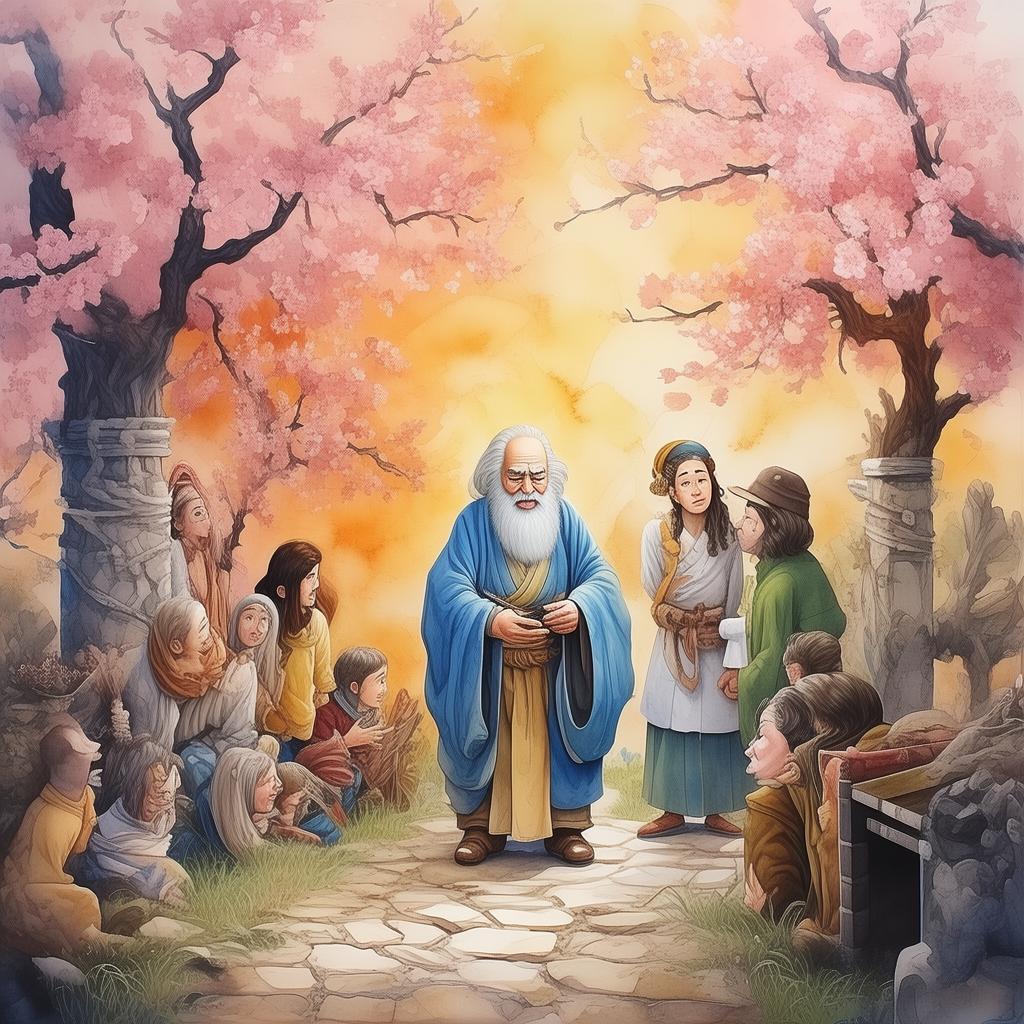Concert of Echoes: The Symphony of a Hundred Reflections
In the heart of a bustling metropolis, the old concert hall stood as a sentinel of time, its walls echoing the whispers of countless performances. It was here that Maestro Liang, the legendary composer, had chosen to unveil his final masterpiece. The Symphony of a Hundred Reflections was not just a symphony; it was a testament to his life's work, a journey through the peaks and valleys of his soul.
Maestro Liang had always been an enigma to those who knew him. His compositions were a blend of classical elegance and profound emotion, each note a reflection of his innermost thoughts and experiences. As the final act of his career, he had chosen to weave his entire life into a single symphony, a symphony that would resonate with the world long after he had passed away.
The story began on the eve of the symphony's first performance. Liang, a man of few words, sat in his dimly lit study, surrounded by scores of his past compositions. He reached for the oldest, the one that marked the beginning of his musical journey. It was a simple piece, yet it held the essence of his youth, full of dreams and aspirations.
As he played the piece, the memories flooded back. He remembered the days when he was a young boy, listening to the symphonies of Beethoven and Brahms, dreaming of creating something that would touch the hearts of many. His father, a humble musician, had once told him, "Music is the language of the soul. If you can master it, you can speak to the world."
Liang had taken those words to heart. Through his music, he had spoken of love, loss, and the human condition. His first symphony, "Echoes of Youth," was a reflection of his past, a journey through the innocence of his early years.
The following evening, the concert hall was filled with anticipation. The audience, a mix of critics, admirers, and curious onlookers, were eager to hear the symphony that was said to be a masterpiece of emotional depth and technical mastery.
The symphony began with the "Overture: The Call of the Past." The strings swelled, the woodwinds wailed, and the brass roared, creating a tapestry of sound that transported the audience back to Liang's youth. They heard the echoes of his first love, the heartbreak of a lost friendship, and the triumph of his first success.
As the symphony progressed, it revealed more layers of Liang's life. "The Ballad of the Dreamer" was a lullaby for his aspirations, a gentle melody that swayed with the hope of a future yet to come. "The Dance of Despair" was a passionate tango, a dance of pain and sorrow, reflecting the tumultuous times of his middle years.
Then came "The Rondo of Reflections," a piece that was both a celebration and a eulogy. It was a reflection of the composer's life, a journey through the highs and lows, the triumphs and defeats. The audience was captivated, their emotions riding the waves of Liang's music.
As the symphony neared its conclusion, the audience was left breathless. The final movement, "The Resonance of the Soul," was a hauntingly beautiful piece that seemed to hold the very essence of the composer's being. It was a reflection of his final years, a journey of acceptance and peace.
The final note was played, and the hall fell into a moment of profound silence. Then, the applause erupted, a standing ovation that lasted for minutes. The audience had been taken on a journey through the composer's life, and they were moved to their core.
As Liang took the stage, his eyes glistened with tears. He addressed the audience, his voice trembling with emotion. "This symphony is my life, my love, my pain, and my hope. It is my farewell to you, my friends. Thank you for sharing this journey with me."
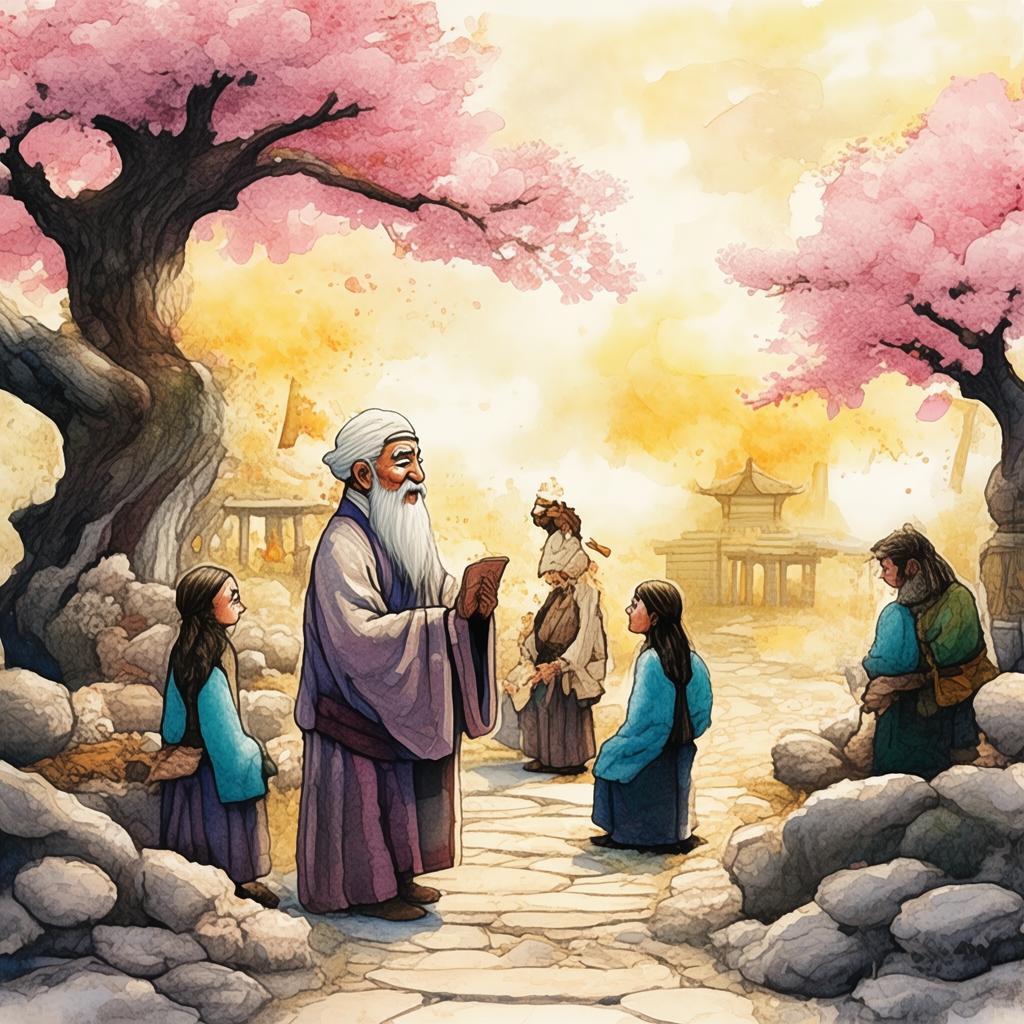
The audience was moved. They had witnessed not just a performance, but a life. The Symphony of a Hundred Reflections had become more than just music; it was a testament to the power of art to transcend time and touch the human heart.
In the days that followed, the symphony spread like wildfire. It was played in concert halls around the world, each performance a new reflection of the life of Maestro Liang. His music became a beacon of hope, a reminder that even in the face of loss and despair, there is always beauty to be found.
The story of the Symphony of a Hundred Reflections became a legend, a tale of a composer who had dared to confront his past and share his soul with the world. And so, the music of Maestro Liang continued to resonate, a timeless symphony that would forever echo in the hearts of those who heard it.
✨ Original Statement ✨
All articles published on this website (including but not limited to text, images, videos, and other content) are original or authorized for reposting and are protected by relevant laws. Without the explicit written permission of this website, no individual or organization may copy, modify, repost, or use the content for commercial purposes.
If you need to quote or cooperate, please contact this site for authorization. We reserve the right to pursue legal responsibility for any unauthorized use.
Hereby declared.
